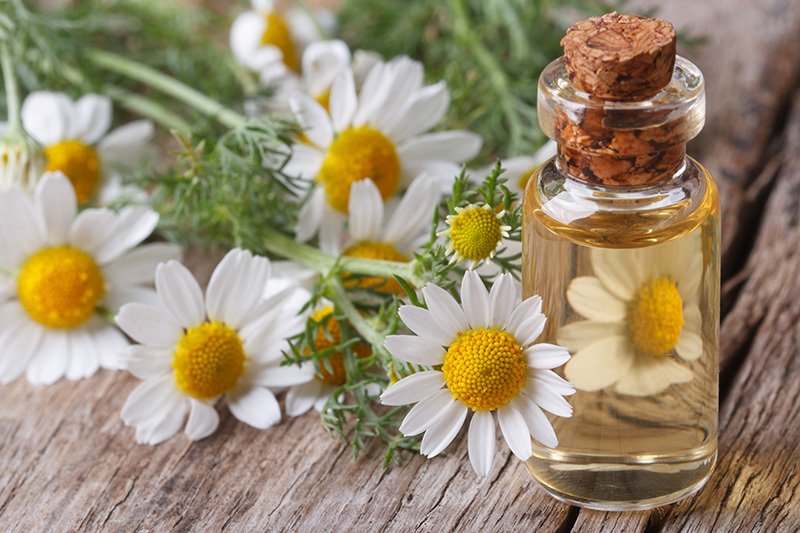How to Dry and Press Flowers to Keep Your Bouquet
Posted on 05/01/2025
Flowers have a unique way of bringing beauty and joy into our lives, whether they come from a significant event, a special person, or simply as a natural wonder. However, as much as we'd love for our bouquets to last forever, fresh flowers inevitably wilt and fade with time. Fortunately, drying and pressing flowers is a time-tested method for preserving their beauty, allowing you to hold onto those cherished memories. Whether you're looking to frame the blooms or incorporate them into DIY crafts, this comprehensive guide will help you in drying and pressing flowers effectively.
Choosing the Right Flowers for Drying and Pressing
Before diving into the process of drying and pressing flowers, it's important to select the right blooms. Not all flowers are suitable for preservation, and those that are can produce varying results. Here are a few tips:
- Select Fresh Flowers: The fresher the flower, the better it will press or dry. Choose flowers that are free from blemishes, mold, or insects.
- Consider Flower Type: Flowers with flat faces such as pansies, violets, and daisies are ideal for pressing. For drying, flowers like roses, lavender, and baby's breath work well.
- Timing: Ensure that you pick the flowers at the right stage--typically when they are in full bloom but not yet wilting.
- Avoid Wet Flowers: Make sure that the flowers are dry and free from dew, rain, or excessive moisture.

How to Dry Flowers
Drying flowers is a popular method for preserving their natural appearance, allowing them to last indefinitely when stored properly. Here are several techniques you can use:
Air Drying
This is the simplest method and is ideal for sturdy flowers like roses, lavender, and baby's breath:
- Gather the Flowers: Bundle the flowers into small groups and secure the stems with a rubber band or string.
- Find a Dark, Dry Place: Hang the flowers upside down in a well-ventilated area away from direct sunlight. This helps to maintain the flowers' color and prevent mold.
- Wait: Leave the flowers to dry for about 2-3 weeks. Once dried, the stems should be stiff and the petals brittle.
- Store: Keep your dried flowers in a dry, airtight container to prevent reabsorption of moisture.
Silica Gel Drying
Silica gel is a desiccant that absorbs moisture, making it perfect for retaining the flower's shape and color. Here's how you can use it:
- Fill a Container: Fill a shallow container with an inch or two of silica gel.
- Place the Flowers: Position the flowers face-up in the gel.
- Cover with Silica Gel: Gently pour more silica gel over the flowers until they are fully covered.
- Cover and Wait: Seal the container with an airtight lid and let it sit for 2-7 days, depending on the flower type.
- Remove and Store: Once the flowers are dry, gently remove them from the gel and store in an airtight container.
Microwave Drying
This method is much faster and can be done using the microwave along with some silica gel:
- Prepare the Container: Use a microwave-safe container and lightly cover the bottom with silica gel.
- Place the Flowers: Lay the flowers on top and gently cover them with more silica gel.
- Microwave: Place a cup of water in the microwave to prevent the flowers from burning. Microwave the container in short intervals, checking the flowers every 1-2 minutes.
- Cool Down: After microwaving, let the container sit for 24 hours before removing the flowers.
- Store Securely: Store the dried flowers in an airtight container.
How to Press Flowers
Pressing flowers is a fantastic way to preserve a bouquet's delicate beauty, ideal for use in artwork, cards, and scrapbooks. Here's how you can press flowers efficiently:
Traditional Book Pressing
This is the most accessible method and only requires a few materials:
- Select Your Book: Choose a heavy book that you don't mind getting a bit wrinkled.
- Prepare the Flowers: Place the flowers between two pieces of parchment paper or absorbent paper.
- Position in the Book: Place the prepared flowers inside the book, and add a few more heavy books on top for added weight.
- Wait and Check: Leave the flowers for at least 3-4 weeks, checking occasionally to ensure they are drying correctly.
- Store Safely: Once pressed, store the flowers in a dry place.
Using a Flower Press
Flower presses are designed specifically for this purpose and can provide excellent results:
- Assemble the Press: Follow the manufacturer's instructions for assembling your flower press.
- Place the Flowers: Lay the flowers between the layers of blotting paper and cardboard provided with the press.
- Apply Pressure: Tighten the screws or straps on the press to apply even pressure on the flowers.
- Wait and Check: Keep the flowers in the press for 2-4 weeks, checking periodically.
- Store Properly: Once pressed, store the flowers in a dry, acid-free container.
Microwave Flower Pressing
Similar to microwave drying, this method speeds up the process of pressing flowers:
- Prepare Materials: You'll need two ceramic tiles, rubber bands, and absorbent paper.
- Position the Flowers: Place the flowers between two pieces of absorbent paper and sandwich this between the ceramic tiles.
- Secure with Rubber Bands: Use rubber bands to secure the tiles together.
- Microwave: Microwave in short 20-30 second bursts, checking frequently to avoid burning the flowers.
- Final Drying: After microwaving, leave the press to cool for several hours before removing the flowers.

Caring for Your Dried and Pressed Flowers
Once you've successfully dried or pressed your flowers, it's important to store them correctly to maintain their beauty:
- Avoid Moisture: Keep your dried and pressed flowers in a dry environment to prevent mold and reabsorption of moisture.
- Use Acid-Free Materials: If placing in a scrapbook or frame, make sure to use acid-free paper and adhesives to avoid discoloration.
- Protect from Sunlight: Direct sunlight can fade the colors of your preserved flowers; keep them in shaded or indoor locations.
- Handle with Care: Dried and pressed flowers are fragile. Handle them gently to avoid breakage.
Creative Uses for Dried and Pressed Flowers
With your preserved flowers, you can create beautiful and lasting projects:
- Framed Art: Arrange your pressed flowers in a frame for stunning wall art.
- Greeting Cards: Add a personal touch to cards by incorporating pressed flowers.
- Resin Crafts: Embed your dried flowers in resin to create unique jewelry, coasters, or paperweights.
- Home Decor: Create wreaths, potpourri, or table centerpieces with dried flowers.
Preserving flowers through drying or pressing not only allows you to savor their beauty but also offers numerous opportunities for artistic expression and keepsake creation. With the right techniques and a little patience, you can enjoy your favorite blooms long after they've been picked.











